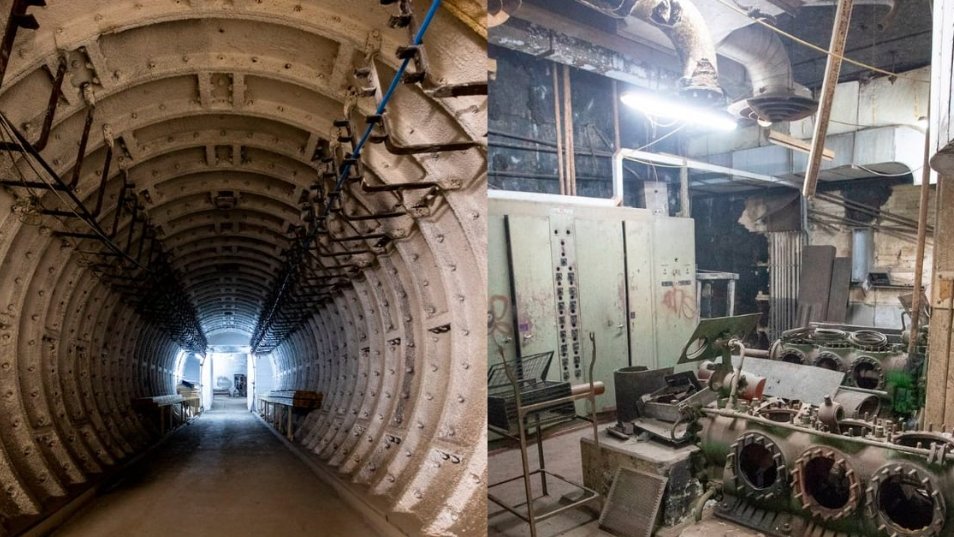At a windswept stretch of Scotland’s west coast, the deep rumble of a rocket engine has returned to a site once used to fuel Cold War-era bombers. This time, though, the fire is for science.
A Hidden Gem for UK’s Space Ambitions
MachLab, the UK’s newest rocket engine test facility, has officially opened at the Machrihanish Business Park near Campbeltown, Argyll. Housed inside a reinforced, Cold War-era bunker once designed to withstand military threats, the facility now has a very different mission: fueling Britain’s future in space.
Built by the University of Glasgow in partnership with aerospace firm Exotopic, MachLab was developed with close to £500,000 (US$625,000) in funding — half of which came from the UK Space Agency. It marks a rare instance where historical military infrastructure is being directly repurposed for peaceful, forward-facing science.
“MachLab is ready to play a key role in the UK’s strategy to return to vertical launch,” said Professor Patrick Harkness from the university’s James Watt School of Engineering. “We’ve created a space where researchers and students can fire engines, collect critical data, and do so in a safe and controlled environment.”

The Science Behind the Steel Walls
The star of the facility is its custom-built rocket test stand, engineered to allow high-thrust rocket engines — up to 2,204 pounds (1 tonne) — to be fired while stationary and secured. Inside the fortified lab, sensors collect streams of data: chamber pressures, propellant flow rates, combustion temperatures, and other mission-critical metrics.
This isn’t theoretical research. It’s hot-fire testing — loud, fiery, and real.
At the center of MachLab’s debut was a suite of 3D-printed rocket engines known as TORC-1, -2, and -3. Designed by PhD student Jack Tufft, the engines incorporate regenerative cooling channels created through topology optimization, using a copper-chromium-zirconium aerospace alloy. It’s cutting-edge work that blends additive manufacturing with fluid dynamics and thermal engineering.
Bzdyk, who co-led the facility’s creation, noted: “MachLab has been two years in the making, with all systems built from scratch to support bipropellant engines. We’re now ready to put Scotland on the map in rocket R&D.”
Reactivating the UK’s Launch Ecosystem
For the UK, MachLab represents more than just a lab. It’s a missing link in a fast-evolving space strategy.
While the UK has focused heavily on satellite design and space data, its ambitions for domestic launch capability — including vertical lift-offs — have grown. Facilities like SaxaVord Spaceport in Shetland and Spaceport Cornwall have helped jumpstart the conversation. But what was missing was test infrastructure for engines — the core propulsion systems that make launch possible.
“MachLab strengthens our launch ecosystem,” said Matt Archer, director of launch at the UK Space Agency. “It’s about building infrastructure, but also building people — engineers, technicians, and innovators.”
To that end, the University of Glasgow is launching a new Rocketry Research Teaching Training program based at MachLab. Students will get hands-on experience — not just simulations — testing engines, analyzing data, and preparing for real-world roles in the aerospace sector.
Local Roots, Global Reach
While much of the UK’s space industry is clustered around Oxfordshire, Harwell, and the Midlands, MachLab’s rural location offers a strategic counterbalance. With ample safety buffers, low air traffic, and existing military-grade facilities, Machrihanish is ideal for explosive testing — and offers an economic boost to a remote region.
Andy Grey, CEO of Exotopic, sees the project as a catalyst. “We’re creating not just a lab but an R&D hub,” he said. “We want to welcome researchers from across the UK and internationally, creating new jobs and new opportunities here.”
It’s a vision shared by the local community and authorities, who hope the site — once shrouded in secrecy — will become a public beacon for technological progress.
A Fortress Reimagined
Originally built in the 1980s as part of a strategic bomber refueling complex for the United States Air Force, the hardened building at Machrihanish was designed to survive extreme scenarios. Now, it’s a fortress for science.
That durability is precisely what makes it so suited for rocket testing — where heat, vibration, and pressure push systems to their limits.
As Scotland angles for a larger role in the global space economy, MachLab’s quiet rural opening could become a loud turning point.


















